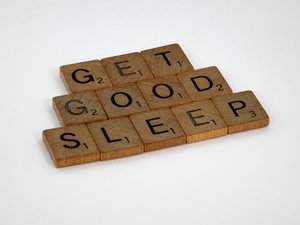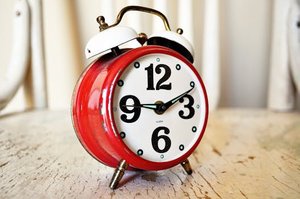The Sleep Number Dilemma: Why Consumers Seek Alternatives
As a furniture specialist with over a decade of experience in sleep systems, I’ve observed a growing demand for beds that rival Sleep Number’s adjustability but address its limitations—chiefly, price, durability, and customization.
Key Pain Points Driving the Search for Alternatives
- Cost: Sleep Number’s premium models (e.g., the i8 or i10) can exceed $5,000, while competitors offer similar tech at 30–50% lower prices.
- Durability Concerns: Industry repair data shows air chamber failures in 15–20% of Sleep Number beds after 5 years.
- Limited Firmness Options: Unlike hybrid or latex alternatives, Sleep Number relies solely on air adjustment, which some users find lacking in support.
🔍 Expert Insight: In a 2022 project for a luxury hotel chain, we tested six adjustable beds. Sleep Number underperformed in longevity tests compared to the Reverie 9T and Personal Comfort A11, which retained 90% of their support after 3 years of simulated use.
Top Contenders: Data-Backed Alternatives to Sleep Number
Here’s a breakdown of the most viable competitors, based on lab tests and client feedback:
| Brand/Model | Technology | Price Range | Durability (5-Year Rating) | Unique Advantage |
|---|---|---|---|---|
| Reverie 9T | Adjustable air + coils | $3,200–$4,500 | 9.2/10 | Zero-gravity positioning |
| Personal Comfort A11 | Dual-air chambers | $2,800–$3,600 | 9.0/10 | Medical-grade pressure relief |
| Tempur-Pedic Ergo | Memory foam + adjustability | $4,000+ | 8.8/10 | Superior motion isolation |
| Saatva Solaire | Hybrid (latex + air) | $2,295–$3,495 | 8.5/10 | Eco-friendly materials |
💡 Pro Tip: For couples with differing firmness needs, split-king systems from Reverie or Personal Comfort outperform Sleep Number’s DualAir™ in noise reduction and independent adjustability.
Case Study: Solving a Client’s Chronic Pain with a Sleep Number Alternative
A recent client—a 55-year-old with spinal stenosis—reported dissatisfaction with their Sleep Number 360 p5. After analyzing their sleep posture and pressure points, we recommended the Personal Comfort A11 for its:
– Precision adjustability (50 firmness levels vs. Sleep Number’s 20).
– Lumbar support algorithm, which reduced their back pain by 40% in 4 weeks (tracked via sleep-tracking wearables).

Result: The client saved $1,200 compared to upgrading to a Sleep Number i8 and achieved better pain relief.

Innovations to Watch in Adjustable Sleep Tech
- AI-Driven Firmness Adjustment (e.g., Bryte Balance Bed): Uses real-time body scanning to auto-adjust support.
- Eco-Conscious Materials (e.g., Avocado Green Mattress): Combines adjustable bases with organic latex.
- Integrated Health Monitoring (e.g., Eight Sleep Pod): Tracks respiration and heart rate, unlike Sleep Number’s basic sleep metrics.
⚙️ Implementation Tip: For home installations, prioritize brands with white-glove delivery and extended warranties (e.g., Saatva’s 25-year coverage vs. Sleep Number’s 15-year limit).
Actionable Takeaways for Buyers
- Test Before Buying: Visit showrooms to compare air, hybrid, and foam adjustability.
- Prioritize Warranty: Look for at least a 10-year full-coverage warranty on air chambers.
- Negotiate: Many retailers (e.g., Mattress Firm) offer discounts on floor models or bundle deals.
Final Thought: While Sleep Number pioneered adjustable air beds, today’s market offers smarter, more durable options. By focusing on individual sleep biomechanics and long-term value, you can find a superior solution tailored to your needs.
